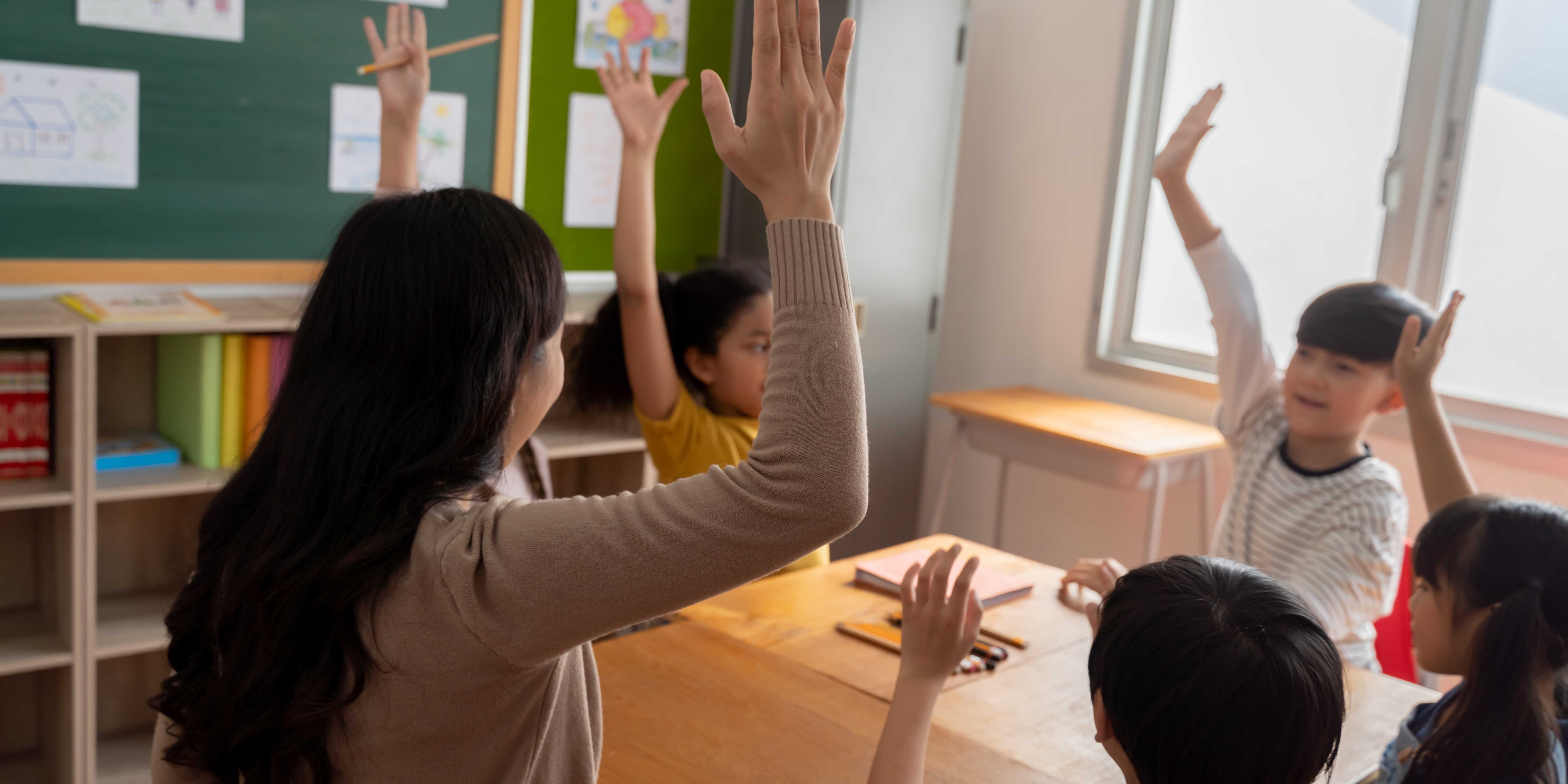As educators, we've all experienced the challenge of bridging the gap between our classroom expectations and students' interpretations. During my early years of teaching, I wrote my classroom expectations on a sky blue poster with puffy white clouds in fine point Sharpie. Here's the thing: Even if I could get students to remember the rules, we didn't always see eye-to-eye. For example, one of my classroom rules was "be respectful," but I am fairly confident (like 99.99%) that my definition of respect didn't align with my students' interpretations. Cue me sharing how disappointed I was and preteens responding, "I was being respectful. It was just a joke."
This disconnect stems from assuming that students grasp the nuances of expected behaviors, not clearly communicating our goals with our learners, and not proactively reducing barriers to meeting those norms. Just as we embrace the tenets of Universal Design for Learning (UDL) for academics, we must embrace them for creating and communicating classroom norms. So, how do we do that? Here are some tips!
Co-Creating Norms and Expectations
To truly engage students and make expectations authentic, involve them in the process. As Mirko Chardin wisely states, education can't be something "done to" students; they need to feel a genuine connection and involvement. Start by encouraging students to collaborate in small groups. Invite them to shape suggested rules or provide input on various aspects such as technology use, group work, and respect. Prompt meaningful discussions with questions like:
- How can technology enhance our learning experience while respecting potential distractions?
- What strategies can ensure equitable participation and collaboration within group projects?
- What does mutual respect look like in our classroom interactions, and how can we make everyone's opinions feel acknowledged and valued?
With valuable insights from your students, the next step is to synthesize their input into a set of comprehensive and meaningful classroom expectations. Summarize the key points discussed by each group and revise insights into positive expectations that resonate with school values. As you share revised expectations, it may be helpful to use the "fist to five" protocol.
- Fist (0): I don't agree or have concerns.
- One Finger (1): I'm unsure or have minor concerns.
- Two Fingers (2): I'm okay with this but have a suggestion.
- Three Fingers (3): I'm on board and think this is good.
- Four Fingers (4): I really like this idea.
- Five Fingers (5): I absolutely love this expectation.
If you use a "fist to five," everyone has a chance to provide feedback, and you can gauge the overall support for each expectation. If students have concerns, you can encourage them to share with the class or follow up to have a conversation privately or send an email. If you cannot incorporate student concerns, you can listen and explain why the proposed feedback would create barriers to learning and together, brainstorm potential solutions.
Bring Expectations to Life
Once you have crafted clear classroom expectations, it's time to bring these norms to life through visual presentations that can be easily shared with students and families. Enhance your presentation by including short video clips or quotes where students share their insights on specific expectations. Their authentic perspectives will resonate with families and classmates, creating a deeper connection to the norms. Note: Before using student images or videos, ensure you have obtained explicit consent from parents or guardians! By incorporating student voices and videos (when you have permission!), you can make the expectations more impactful. Think about how fabulous Back to School Night would be if you could share the premiere of the classroom expectations video!
And as with all things UDL, be sure that your presentation is accessible. Always be sure to include image descriptions, alt-text for images, transcripts, and captions on all video clips.
In the world of education, co-creating classroom expectations is a nuanced craft, requiring a balance of guidance and collaboration. I can literally see the sky blue poster adorned with fluffy clouds that once graced my classroom – a reminder of how even the most straightforward expectations can unveil diverse interpretations. Just as an artist refines their work, we too can refine our approach, embracing the principles of Universal Design for Learning (UDL).




